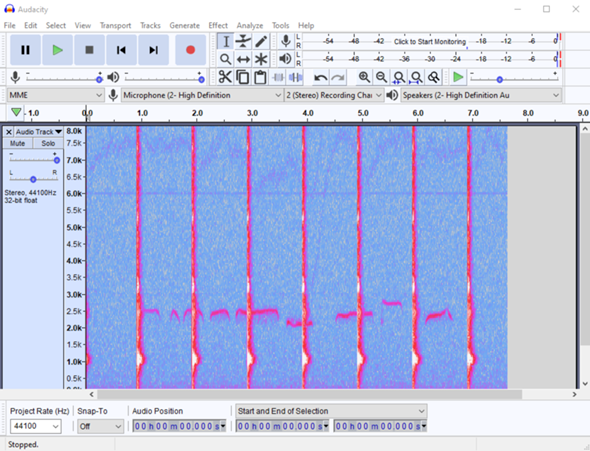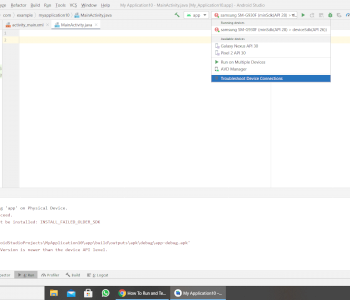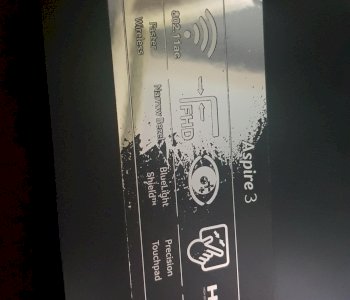Use this circuit for a DIY sonar?
I wanted to build a sonar before, but then I failed because of the circuit and the component selection. Now I just tried to start from scratch and in the dry. And also with electronic components that everyone knows and about which there are good tutorials. Here is a picture of the circuit:
A few key points as an explanation:
-The resistances on the audio cable are only there to connect it to the breadboard, since I have no socket and the cable is too good for me.
-Not in the picture is a Y-cable that splits the audio cable. One end is connected to the microphone port of the laptop, the other end to the speaker output. That means I misuse the stereo functionality for microphone and speaker.
-The resistor serves as a filter to minimize the noise, since piezo crystals are basically like capacitors, and this is reflected as noise.
-The diode is there so that the current can't go from the speaker line into the microphone line.
Now I have turned on a metronome sound on Youtube and started a recording in Audacity. In addition, I also whistled. This recording was made:

Now I've finally done what I thought was impossible for months: I both pinged and recorded at the same time. I've always been told that it doesn't work.
Now to my question: Do you have room for improvement how to improve the circuit? What I would also like to do is to operate the piezo with a higher voltage without losing my functionality. Do you have any ideas how to implement this? If it doesn't work, I'll just increase the amperage. For that I would need a different piezo crystal, or I would have to lose performance. Because I want to build a sonar with these transducers: https://www.amazon.de/...00L24JE4G/
And yes, it is possible: https://www.basic4mcu.com/bbs/board.php?bo_table=gesiyo13&wr_id=108
The sonar that I'm going to build is of course not operated with an audio jack, but with an Arduino and 5V.
"I've always been told that it doesn't work."
If you imagine your sonar as it is necessary in the professional field from a depth of many meters, then this is by no means possible. As simple as that.
To show the principle of operation itself, that's okay.
To put it bluntly, your knowledge of electronics and signal processing is manageable, to amplify and filter the useful signal sufficiently is a task in itself. However, as I said, it depends on expectations.
You will fail to teach your piezo element how it generates sufficient sound pressure in water, apart from the reception.
Why doesn't it work in the higher performance range? What's the big problem there?
The problem is to work out beforehand what transmission power you need for your task and how much of it arrives at the recipient.
Then we're talking about 1 to 3 kW transmission power: https://www.raymarine.de/view/index-id=378.html
As I said, as a functional principle okay, can be used with your components in practice for a few meters: never.
Then I'm out of here.


